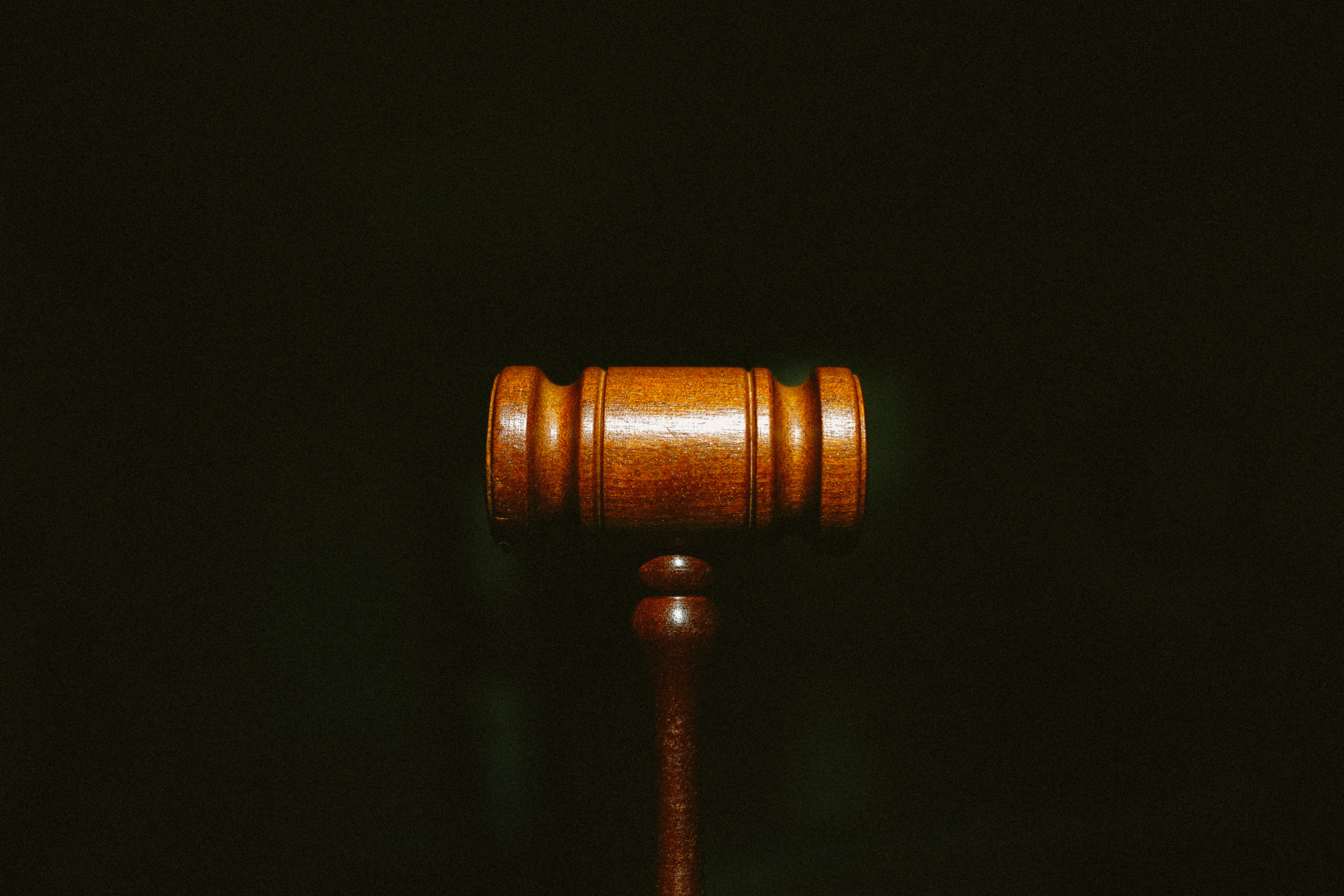The prosecution must be able to establish each of these four components to secure a successful criminal conviction.
In order for an individual to be convicted of a crime under criminal law in the United States, the prosecution must be able to prove that certain elements existed. Criminal charges vary in severity and are generally categorized as misdemeanors or felonies. Misdemeanors typically attract fines or prison sentences of up to one year while more serious crimes known as felonies warrant punishments ranging from one year to life imprisonment, or in certain states, capital punishment.
When facing a criminal charge it is advisable to seek the assistance of an experienced legal professional such as this Raleigh criminal defense attorney who can help defend you and represent your case. Before an individual can be convicted of a crime, four components must be established. In this article, we will delve deeper into each of these components.
Criminal Act (Actus Reus)
Actus reus, which is latin for “guilty act”, is the first component required to constitute a crime. It refers to an unlawful action or failure to act in accordance with the law. There must be tangible proof that the accused actually engaged in a criminal act rather than simply intended or contemplated committing it.

To meet the actus reus requirement, the defendant must also have engaged in the criminal act voluntarily, demonstrating that they had control over their actions. This means that involuntary actions such as those occurring in sleep or unconsciousness will not fulfill the criteria needed to establish actus reus.
Criminal Intent (Mens Rea)
The second component of mens rea, refers to the “guilty mind” or mental state of the defendant when the crime was committed. To be convicted of a crime, it is necessary to prove the defendant had the knowledge or intent to carry out a criminal act.
Mens rea can vary according to the offense, with more serious crimes requiring a higher degree of mens rea to be proven. Under the Model Penal Code (MPC), four levels of mens rea are recognized. These are intent, knowledge, recklessness and negligence.
Concurrence
This component of a crime refers to the simultaneous presence of both actus reus and mens rea at the time of the offense. Both of these elements must coincide to establish that the defendant had the requisite mental state needed to be convicted of a crime when they committed the criminal act. Without the element of concurrence, a defendant cannot be held criminally liable and a conviction cannot successfully be brought against them.
Causation
The final component of a crime refers to the causal relationship between the defendant’s actions or inactions and the consequences that resulted. The defendant can only be held criminally liable if a direct link can be established between their conduct and the injury, harm, or death that followed.
Without establishing a clear cause and effect relationship, the defendant would lack the necessary foreseeability needed to predict the outcome, and should not, therefore, be held criminally accountable for their conduct.
The prosecution must be able to establish each of these four components to secure a successful criminal conviction.


Join the conversation!